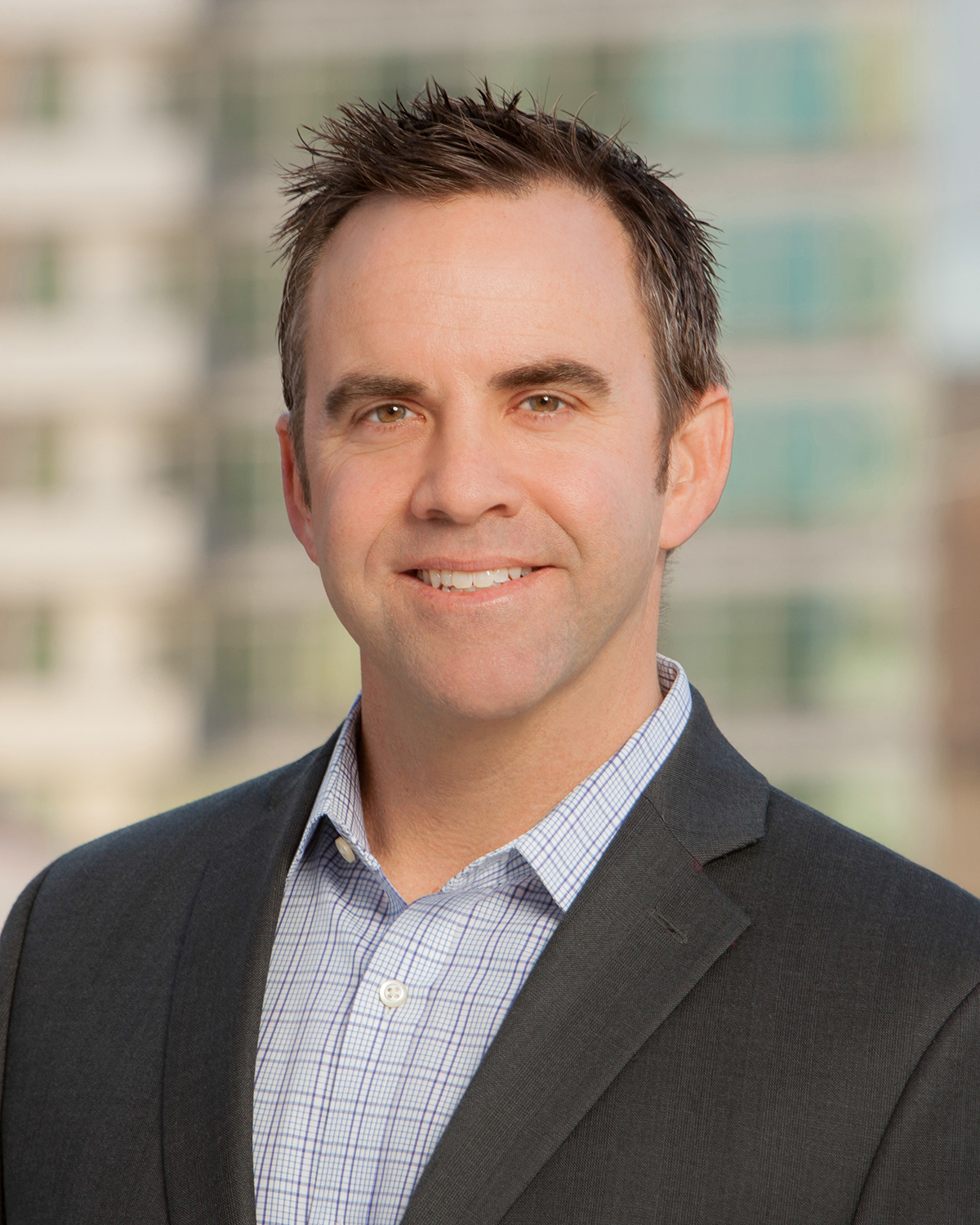Reproduced with permission of the publisher, International Risk Management Institute, Inc., Dallas, Texas, from the Expert Commentary section of IRMI.com, copyright International Risk Management Institute, Inc. Further reproduction prohibited. Visit www.IRMI.com for more information.”
Contractors Pollution Liability (CPL) is a contractor-based policy, offered on a claims-made or occurrence basis. It provides third-party coverage for bodily injury, property damage, defense, cleanup, and related defense costs as a result of pollution conditions (sudden/accidental or gradual) arising from contracting operations performed by or on behalf of the contractor.
Today, most CPL policies include a separate first-party coverage to minimize the insured’s liability or impact on the environment. This coverage is usually referred to as emergency response cost coverage but will vary by insurer. CPL is available to any type of contractor performing operations or conducting work. From environmental or remedial contractors to general and specialty trades, CPL has become a viable financing option for environmental loss providing insurance for large or even catastrophic loss scenarios at a reasonable premium.
Policies can be offered on a project or blanket program basis. Project policies provide coverage for all operations performed by the insured during the construction period and can include “tail” coverage, or Extended Reporting Period (ERP), for claims-made policies and completed operations for occurrence policies to address the statutes of repose in many states or other contractual requirements. Usually, a maximum term of 12-13 years is offered. Additionally, wrap-up programs can be implemented to afford coverage for all contractors regardless of activity undertaken (environmental or nonenvironmental) on a specific project. A blanket program provides coverage on an annual basis for all defined covered operations taking place during the policy term.
Marketplace
In 2017, CPL comprised approximately 20-25 percent of the entire environmental insurance marketplace, which remains at between $1.5 billion to $2 billion in premium. There are approximately 40 insurers offering various forms of CPL coverage. Some insurers have forms specific to nonenvironmental contractors such as general contractors and specialty trades and other forms specific to environmental contractors. It is estimated that these 40 insurers offer 50-60 different products (each insurer most likely has a claims-made form and an occurrence form), all on unique company forms including vastly different endorsements, definitions, exclusions, etc. This lends to the difficulty for many insurance professionals with understanding the marketplace and, more importantly, coverage intent, although much education provided in the past 10 years has made the process of properly securing such coverage less daunting than in the past.
Several markets offer online CPL programs. These platforms offer a lower premium and reduced retention for smaller companies (usually under $25 million in annual revenue). Access to these programs requires completion of qualifying documentation. Once completed and favorably reviewed, an applicant (broker/producer) will receive access to the system via a password entry point. The broker/producer can access the system on an insured’s behalf and answer the application questions. Once the application is completed, the system, if the risk is acceptable, will provide limits and terms. The policy can be purchased and bound through the system. The limitation of these systems is the relatively low revenue threshold, single form coverage, and the need to satisfy all questions favorably. Any negative answer often negates the entire transaction. These platforms are efficient and provide simple access to basic programs; however, they may not provide the scope of coverage that is desired, and no customization of coverage is provided.
Market appetite remains strong with the core risk classes such as the following:
- General contractors
- Trade contractors
- Artisans or specialty trades (including environmental remediation/service firms)
Each market has its own tolerance for higher risk activity such as residential or habitational (because of the exposure to microbial matter), underground activity (because of the exposure to preexisting environmental hazards that are either human-related or naturally occurring), or environmental work.
Often, there is confusion on the part of the general contractors or owners determining what types of construction activities or operations upon which they should require CPL insurance in contracts. Below is a bit of a guideline that can be used to assist in determining which services or activities are high, medium, and low hazard. Of course, every activity may create environmental liability, but when business decisions need to be made, this chart may help.
High
- Site/dirt work (excavation, paving, landscaping, and digging)
- Drilling or any subsurface work
- Moisture protection (roofing, sealants, and siding)
- Mechanical, electrical, and plumbing
- Environmental services/work
- Demolition
- Any building envelope work
Medium
- Drywall
- Doors and windows (doors, frames, hardware, glass, and glazing)
- Curtain wall
- Concrete
Low
- Wood and plastic (carpentry, millwork, and vanity tops)
- Structural steel
- Masonry
- Flooring
- Painting
- Electrical
- Specialties (markerboards, toilets/accessories, and lockers)
- Furnishings
- Equipment (kitchen, theater, library, and athletic)
- Conveying systems
Insurance Applications
High Hazard-Always require $1,000,000 minimum in CPL insurance (inclusive of mold/bacteria coverage). No exceptions. Minimum completed operations period-5 years.
Medium Hazard-Always require $1,000,000 minimum CPL insurance requirement. Minimum completed operations period-2 years. If cannot or will not evidence CPL insurance, require environmental indemnity.
Low Hazard-Always request $1,000,000 CPL, but waive if need be.
Capacity
During 2017, the capacity available for CPL continued to exceed $400 million, with the most any one insurer can offer remaining at $50 million. The major insurers continue to have access to the reinsurance marketplace for facultative capacity above the $50 million.
A question that is often asked of brokers by their clients is what limits should be purchased when considering CPL coverage. The matrix presented in the table below provides a guideline for discussion with the contractors. The variables that needed to be considered are the types of structures, geography, experience level, and risk appetite.
Table 1: Guidelines for Purchase of CPL Coverage
| Annual Revenue | Limits Purchased |
| $0-$10 million | $1,000,000 each loss/aggregate |
| $10 million-$25 million | $2,000,000 each loss/aggregate |
| $25 million-$50 million | $2,000,000-$5,000,000 each loss/aggregate |
| $50 million-$100 million | $5,000,000 each loss/aggregate |
| $100 million-$250 million | $5,000,000-$10,000,000 each loss/aggregate |
| $250 million-$500 million | $10,000,000-$25,000,000 each loss/aggregate |
| $500 million-$1 billion | $25,000,000 each loss/aggregate |
| Above $1 billion | $25,000,000 each loss/aggregate or higher |
Medium- to larger-sized contractors typically take higher retentions, $100,000 each loss or $250,000 each loss to offset the cost of the higher limits. This tracks with the logic in purchasing CPL, which is a catastrophic coverage, and to insure for the claim that will have the potential to threaten the existence of the organization.
Retentions
Retentions continue to start at $5,000. CPL insurers offer both self-insured retentions and deductibles. Typically, deductibles have to be negotiated prior to policy inception. The size of the actual retention will depend on the insurer and the financial strength of the insured.
Premiums
Typical minimum premiums begin around $5,000 for the $1 million per loss/$1 million aggregate limit of liability. However, there are programs that can be purchased for as low as $2,500, albeit, these programs may not have all the coverage parts needed or offered in the marketplace today, but they may be sound programs from a simple liability standpoint.
Buying Motivators
The buying motivators for CPL typically fall into three categories: contractual requirement, asset protection, and loss events.
Contractual requirements have always been and continue to be the primary driver for an entity looking into the purchase of a CPL program. Contractual requirements can appear in virtually any contract. Often these requirements are generic and unclear and are drafted as part of a standard insurance package. This language should be carefully reviewed to determine true intent of requested coverage. Contractual requirements should address the following basic items.
- Clearly request a contractor-based program (in other words, pollution arising out of the work to be performed)
- Blanket versus project policy (Is a dedicated limit required?)
- Define limits, retention, policy term, and any other unique needs
- Define the scope of coverage-job site activities, disposal liability, transportation, etc.
In the past, it was common to see CPL requirements negotiated out of the contract regardless of the type of project or work. However, many owners and general contractors will not waive these requirements like before. In fact, there is a trend for owners and general contractors to require higher limits than what was required in the past.
More contractors are buying CPL today as basic asset protection. Of course, the number of buyers is proportional to the size of the firm. In other words, the larger the firm, the more likely they are to buy CPL to protect against environmental liability. As with any program, if this is the buying motivator, the scope of coverage should be the driver of the program. Even experienced insurance brokers often have limited expertise with regard to the granular issues of finer aspects of environmental liability and related insurance coverages. Brokers routinely discuss this coverage in general terms with their clients; however, the focus should be to assess the overall need and research the market to procure the optimal solution for the company’s exposures. For current purchasers of environmental insurance, the challenge is to maintain continuity in the optimal program. The environmental marketplace is very dynamic and changes quickly in comparison to the standard commercial general liability (CGL) and workers compensation markets. Once the appropriate coverage is purchased, the daily business activity must be monitored so that it is concurrent with the current insurance program. Often market appetite changes during the policy term, and such changes must be negotiated upon program renewal. Failure to stay on top of these market changes may result in an inadequate program.
Loss events or potential loss events serve as a motivator to purchase any insurance and are an especially good driver for environmental insurance. Most environmental coverages provide catastrophic coverage for infrequent but significant claims. The inherent value of an environmental program lies in having insured a catastrophic event and the legal defense provided by the policy. Providing coverage for defense costs alone may save a company involved in an environmental claim from financial ruin. Virtually all CGL polices contain an absolute pollution exclusion and claims may be excluded or denied, leaving the firm to face an uninsured loss. An example of the type of loss event that has affected the insurance world over the past 10-15 years is mold or fungus liability. Many organizations in the construction industry have been exposed to such events, which can lead an organization to consider the purchase of CPL coverage to finance against loss.
Even with the above buying motivators, it is estimated that there are only approximately 25,000 +/ buyers of CPL in the construction industry today. That is approximately 3-4 percent of the total construction or contracting entities in the United States today, which ranges from 650,000 to 750,000 depending on which survey you consider. With the education that has been provided, claims that the industry has seen and expansion on the insurance products, this continues to be an underpenetrated insurance product.
Policy Terms
Most insurers will provide a total term (construction period and ERP/completed operations) of 15-17 years for project policies. Some insurers may restrict the policy term/completed operations period to 1 0 years, depending on the state and project type. Blanket or practice programs are commonly written on an annual term; however, some markets have begun offering multiyear programs for smaller contractors, typically $50 million in annual revenue or less. This trend will continue.
Rate Adjustments
Rates are generally flat to decreasing in the market, and we expect to see no changes for the upcoming year. Existing business (current purchasers) is generally flat to a slight reduction (usually 2- 5 percent) on renewal if the firm remains fairly static-no drastic changes in operations, revenue, claims, etc. Renewals are being bolstered by enhancing coverage for the same price-adding transportation coverage, nonowned disposal site coverage, and even environmental coverage for real estate owned by many construction firms.
Rates for new buyers are largely driven by insurer appetite. They are generally on par with existing business but may increase as a result of some specific exposures such as residential work or habitational work because of the exposure to microbial matter. If a market is comfortable with a particular risk, pricing is usually very competitive. In the event more than one insurer is interested in a particular risk, coverage enhancements then often become the deciding factor.
Coverage Considerations
In addition to the basic insuring agreement covering “job site” activities, there are many coverage considerations that should be discussed, which may be included as separate coverage parts or can be added via endorsement to the CPL form.
Microbial Matter
Even though mold continues to be of concern for many insurers, especially with regard to resulting property damage, many insurers offer mold coverage as part of their overall CPL program. Depending on the type of business or work/project types conducted by the firm, it could be provided on an occurrence or clams-made basis. However, bacteria, specifically Legionella pneumophila, is found to be less common and typically must be added via endorsement. When insurers provide coverage for “microbial matter,” it’s prudent to ensure it not only provides coverage for mold, fungi, mildew, and the like but also bacterial and viral matter.
Nonowned Disposal Sites (NODS)
There has been an increase in the purchase of NODS coverage over the past few years with insurers freely offering the coverage on a blanket basis with little to no additional charge. Coverage for NODS (or sites that accept waste from the insured for treatment, disposal, or recycling) includes the insured’s legal liability arising out of disposal or deposition of waste material at such locations, typically defined by the policy.
Generators (which can include any entity signing the waste manifest as a “generator,” including contractors) of waste may be liable for assistance in the cleanup of the disposal site in the event the owner cannot meet its obligations to do so. Most insurers include NODS coverage as a separate coverage part while fewer add via endorsement today.
Naturally Occurring Hazardous Substances (NOHS)
Naturally occurring hazardous substances (NOHS) such as asbestos, mercury, silica, arsenic, radon, and pyrite have gained attention over the past few years for two reasons discussed below.
First, more and more contractors have been involved in situations resulting in lawsuits where they disturbed a mineral containing a NOHS. For example, a general contractor in Connecticut who was building a “box store” hired a subcontractor to excavate and remove fill material from the job site. The subcontractor subsequently used the material as fill at three other project sites. The material they removed was soil containing remnants of an asbestos-containing mineral called actinolite. They exposed third parties to asbestos, and they also exposed their own workforce. It is important to note that the asbestos in naturally occurring minerals is much less concentrated than the asbestos utilized years ago as a fire retardant for insulation around piping and ceiling and floor tiles, but it still poses unique exposures for intrusive-type work.
Second, some CPL policy forms still exclude NOHS today. There are several ways exposure to naturally occurring hazards may be excluded. Some are fairly recognizable as straightforward exclusions. Others are more difficult to find and may be encountered in the definition of pollutants or pollution conditions. For example, one insurer applies a specific exclusion for naturally occurring substances in the exclusions section of the policy that can have a significant impact on coverage.
This insurance does not apply to claims or losses based upon or arising out of any naturally occurring substances in their original location and unaltered form, or altered solely through naturally occurring processes or phenomena.
Another insurer will exclude by definition. In its definition of pollution conditions, the definition does not include naturally occurring substances, therefore negating coverage for such exposure:
Pollution Conditions means the emission, discharge, dispersal, release, or escape of pollutants, provided such are not naturally occurring. The entirety of any such emission, discharge, release, or escape or any series of continuous, repeated, or related emissions, discharges, releases, or escapes shall be deemed to be one pollution condition.
Even though the underwriters may describe their intent is to cover such claims, such exclusions can have a tremendous impact on coverage when a claim is presented.
Another NOHS is silica. Much has been said over the past 6 months about the new Occupational Safety and Health Administration standard for crystalline silica, bringing much attention back to the substance. Silica exists on almost every construction project. Most silica exclusions reside in CGL today. Not too many times will a silica exclusion be found in a CPL policy, although there are instances. Any intrusive-type contractor or concrete contractor should not have such an exclusion.
Welding Fumes (Manganism)
A much more discreet exposure is welding rod fumes. Manganism is a Parkinson-like disease that supposedly results from the inhalation of “toxic” levels of manganese (Mn). Such exposure can cause irreversible damage to the central nervous system. Cases of the illness have been dated back to the late 1800s. Some individuals exposed to very high levels of manganese for long periods of time in their work can develop mental and emotional disturbances and slow and clumsy body movements. Workers usually do not develop symptoms of manganism unless they have been exposed to manganese for many months or years. Manganism occurs when a significant amount of manganese is absorbed into the part of the brain that helps control body movements. Exposure to high levels of airborne manganese, such as in a manganese foundry or battery plant, welding operations, or pesticide application, can affect motor skills such as holding one’s hand steady, performing fast hand movements, and maintaining balance. Exposure to high levels of the metal may also cause respiratory problems and sexual dysfunction.
From an insurance perspective, the major concern is exposure to employees and, of course, workers compensation-related claims. However, in those states that subscribe to third-party-over action claims, many construction firms can easily find themselves in the middle of such a claim, and the primary issue at hand will be: Is manganese a pollutant? Most likely, most CGL insurers would look to decline via the pollution exclusion in the policy. If a contractor is looking for an alternative to insure against such an exposure, a CPL policy may be the alternative. As an added benefit, many CPL policies are structured to provide coverage for pollution-related third-party-over action claims.
Manganism is another issue to watch to determine if this becomes a significant issue in the construction industry and how CGL insurers will handle these claims.
Looking Forward
Going forward, CPL claims are expected to rise with smaller (less than $1 million) claims leading the trend due to the broad coverage terms currently provided by insurers, specifically under the microbial matter-mold, fungi, bacteria, and Legionella categories of exposure. However, the availability of CPL will likely remain abundant while continuing to expand in the scope of coverage. As for premiums, it is anticipated that they will remain stable among small to mid-market businesses and softer on larger construction firms.



